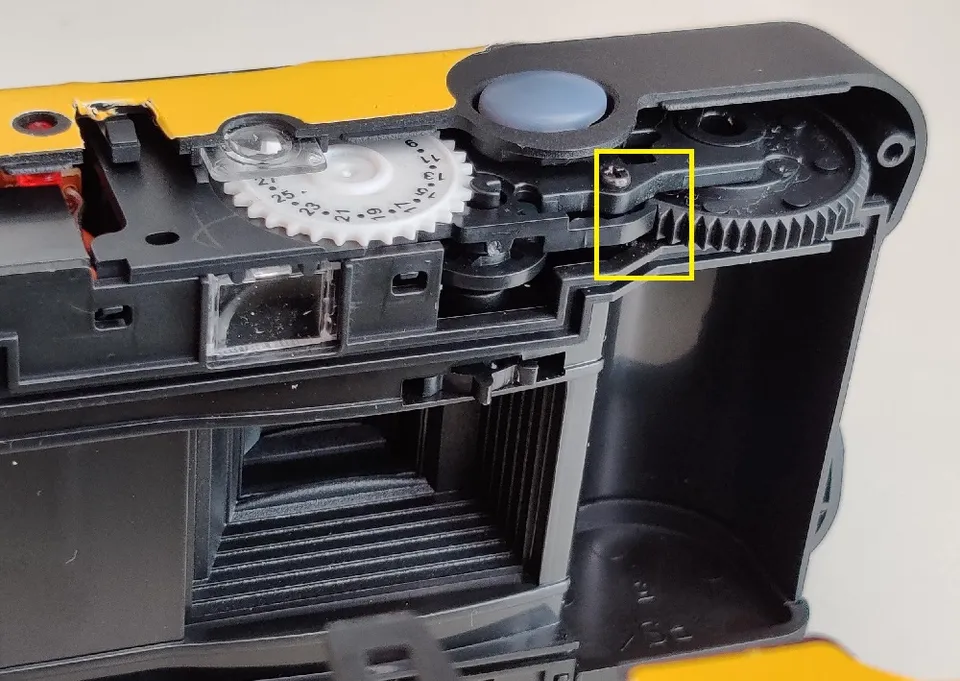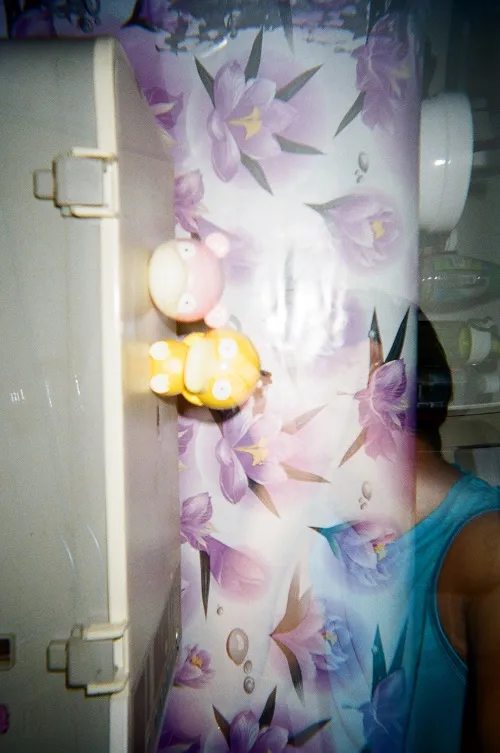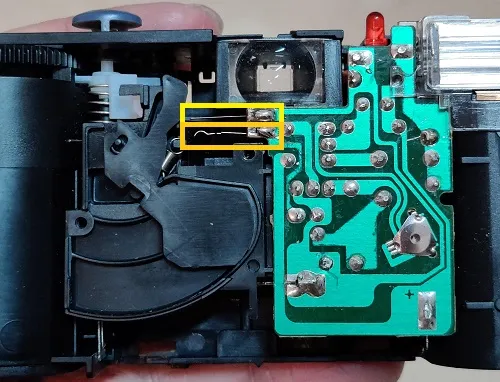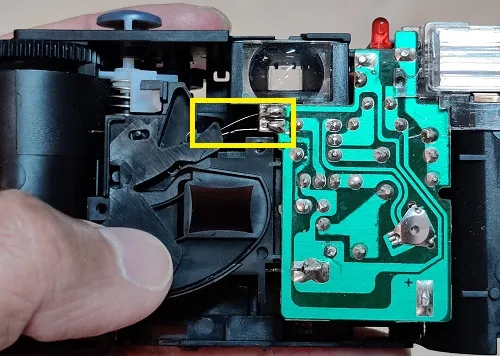Some more tricks on Kodak FunSaver
In a previous post I have mentioned a disposable camera can be reloaded if you aren't ready to commit to buying a more functional camera. I used to reload my Kodak FunSaver by rolling the film onto the spool under a bed sheet in the dark.
Like whatever dubious things teens do under a bed sheet, and in the dark.
And later when I was Googling on an irrelevant topic I bumped into a lomography blog post with instructions on how to reload a disposable camera in the light.
Since they've explained it that well. I am instead writing to share some tricks I tried knowing that now we can rewind the film without opening the camera.
Reloading without a dark bag
Somebody has already done a detailed walkthrough of the how, so what else should I say about this?
- Open the camera up
- Roll only enough film for it to latch on the take-up spool
- Put the film in
- Close the camera (tight)
- Plunk a toothpick or something sharp to lift the arm stopping the wheel from turning backward
- Use a flat head screwdriver to roll the film until you can't
- Good to go
What's different about this model of FunSaver is that the gear which is lifting the shutter mechanism up (the gear along the film guide rail) is free to move to and fro. Therefore the only thing stopping our film from moving freely is the arm at the film advance wheel, which we use a toothpick to bypass.

If you are interested in how a simple camera works, pop open the front panel as well. Make sure you've fired the flash and taken the battery out though, it might get scary when you accidentally discharge the capacitor with your finger tip.
But once opened, voila is it simple. Just a couple of springs and gears, no battery or electronics. Those are only for the flash.
Double exposure using Kodak FunSaver
It's always possible to double expose on any sort of camera. Because it's essential to rewind after finishing a roll, you could take some shots, rewind, and continue to take shots. New exposures on already exposed films. The overlapping has to be right though, or you end up with overlapping frames.
On Kodak FunSaver it's no different except the rolling order is reversed. You can take a couple shots first, then rewind using the trick mentioned above and if you're lucky, shots are going to line up and you can do some double exposures. Hope they are good.

Pushing is not always required
Kodak FunSaver originally comes with a ISO 800 film, which is unusually fast compared to the ISO 200 ColorPlus or ISO 400 UltraMax that I often use. This makes sense because FunSaver has fixed aperture and shutter speed. A layperson wouldn't know under what lighting condition would the camera under/over expose.
I think this is a fair design decision, as film is more tolerant to overexposure than under. You may overexpose a few stops without affecting the quality of image much. But when you underexpose, you lose shadow details almost immediately. Using film with faster speed as default means there's less underexposure, and more salvageable photos out of that roll.
I used to push an ISO 400 UltraMax to ISO 800 on a FunSaver, until when the lab refused to push and digitally brightened the image instead, they came out ok. In fact, pushing probably won't add anything to your already overexposed daylight shots, but instead increase grain on an already unsharp plastic lens.
Pushing isn't always required unless you know you definitely underexposed most of the shots.
You might use it as a very cheap flash
Thought no a FunSaver, someone did take a disposable camera and hook the wires to a hotshoe and got the flash it to fire. If you come from an electronic engineering background or don't mind getting your hands dirty tinkering with it, you could make yourself a flash from a salvaged disposable camera body.
For me, I have only gotten as far as triggering the flash by touching the two contacts. I simply don't have the time and knowledge to do this properly without the risk of damaging the triggering camera's hotshoe.


Pass it on to someone
I started out with nothing but a Fuji Simple Ace disposable film camera, then reloaded Kodar FunSaver for quite some time (I've reloaded the same disposable FunSaver at least 8 times).
Now my collection has grown to 5 AGFA viewfinders, with an AGAT 18K being shipped my way, a FunSaver can no longer satisfy my daily film photography need. I still reload a second FunSaver which I share with my sister and bring it with me when I simply want something to throw into my pocket, though much less often than before.
That doesn't mean the FunSaver can be thrown away or stashed somewhere waiting to be forgotten. Instead, it should be passed on. Clean it up (those sticker gunk...), decorate it thoughtfully and make it a special cheap present to a friend who may also be interested. Or even better donate it to kids with instruction how to reload!
Even a mass-produced, cheap and simple camera deserves to live on. I believe only then, people can truly appreciate its predecessors and protect the legacy of a century of photographic ingenuities — simple point-and-shoot and feature-rich SLRs alike.
